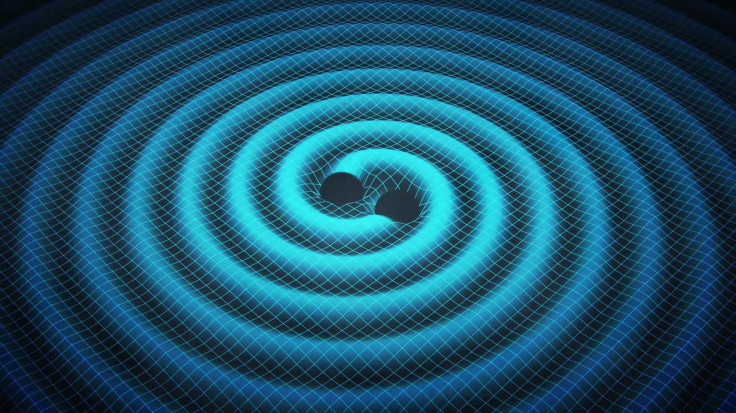How Do Supermassive Black Holes Grow? Researchers Use Gravitational Waves To Gain Some Answers
Supermassive black holes are at the center of every large galaxy. The Milky Way has its own supermassive black hole, Sagittarius A*, or Sgr A*, but how these objects grow remains a bit of a mystery. New research suggests using gravitational waves as a way to compare data with theories on supermassive black hole growth.

The growth of a supermassive black hole could be due to a merger with other supermassive black holes, when two galaxies collide, or through a steady diet of interstellar dust, gas and stars but researchers have yet to identify what mechanisms are involved in such a process. Gravitational waves are “ripples in space-time” that are caused by massive objects changing direction or speed, and may be measured indirectly via a radio telescope. Black holes do not become supermassive black holes as these massive objects appear to have been present at the very beginning of galaxies, notes Ars Technica.
According to the researchers, the effects of gravitational waves can be observed in pulsars, a neutron star emitting electromagnetic radiation. Pulsars blink at a constant rate, leading to a precise calculation of the arrival times of these pulses. Gravitational waves alter this precise measurement, either increasing or decreasing distance as they roll through a region, and the researchers have collected 20 years of pulsar data from the Parkes Pulsar Timing Array, PPTA, using CSIRO Parkes Observatory’s radio telescope, located in Australia. The research was published in the journal Science.
Co-author Ramesh Bhat, from the Curtin University node of the International Center for Radio Astronomy Research, ICRAR, said in a statement, “This is the first time we've been able to use information about gravitational waves to study another aspect of the Universe — the growth of massive black holes.” The researchers need to collect more timing data before they can detect gravitational waves but pulsar timing has helped researchers learn about the background rate of gravitational waves. “When the black holes get close to meeting they emit gravitational waves at just the frequency that we should be able to detect,” said Bhat and this process repeats itself creating a background rate.
By understanding the strength background rate of gravitational waves, researchers can compare theories about black hole growth with data. In the case of black hole growth solely due to galactic mergers, there needs to be a high background rate of gravitational waves.
“The strength of the gravitational wave background depends on how often supermassive black holes spiral together and merge, how massive they are, and how far away they are. So if the background is low, that puts a limit on one or more of those factors,” said Bhat. Ars Tehcnica notes that, based on the data, supermassive black hole mergers may be rarer than previously believed or the emitted gravitational waves are different than what is predicted. Due to the low strength, researchers have ruled out the theory that black holes can only grow through galactic mergers but there are other scenarios that the researchers need to analyze.
© Copyright IBTimes 2024. All rights reserved.





















